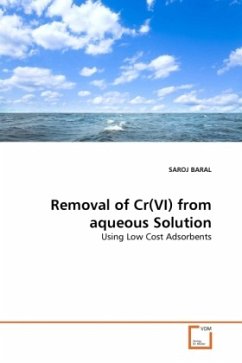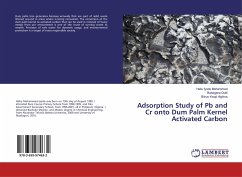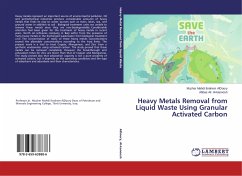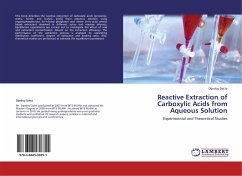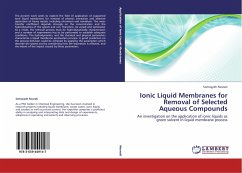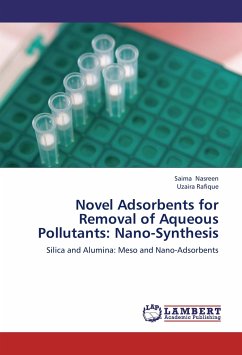Present study is an effort to develop low cost method to remove highly toxic heavy metal i.e. Chromium (VI) from wastewater. Cr (VI) is used in many industries such as metal finishing, pigments, dyes, textile dyeing, chromium tanning, and wood preserving, causes serious health and environmental effect. Cr (VI) is mutagenic, teratogenic and carcinogenic in nature which modifies the DNA transcription process causing important chromosomic aberrations. Strong exposure to Cr (VI) causes cancer of the digestive tract and lungs, epigastic pain, nausea, vomiting, severe diarrhea and hemorrhage. Thus, several methods were used to remove Cr (VI) from industrial wastewater which are cost intensive. . In the present study, an adsorbent was prepared from Lapsi (Choerospondias axillaris) seed stones which are easily available in Nepal and could be an economically viable method for the removal of Cr (VI) from industrial wastewater.
Bitte wählen Sie Ihr Anliegen aus.
Rechnungen
Retourenschein anfordern
Bestellstatus
Storno


